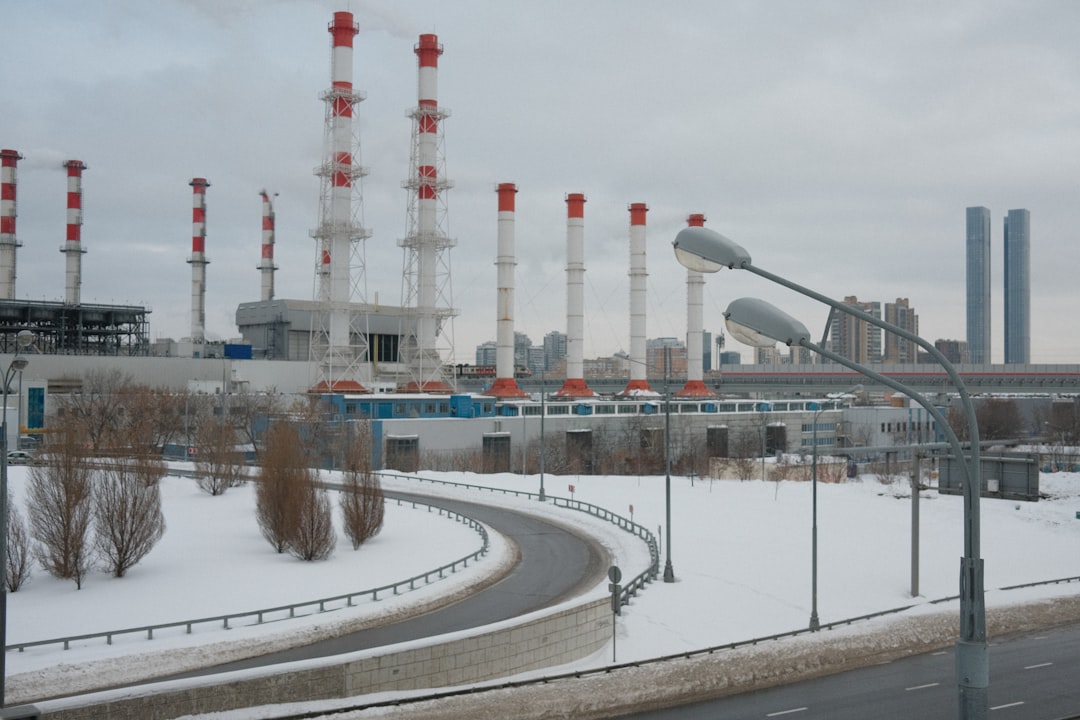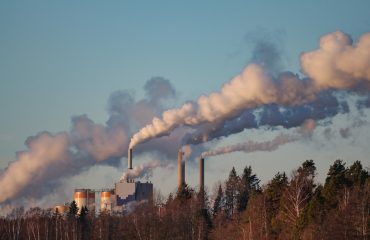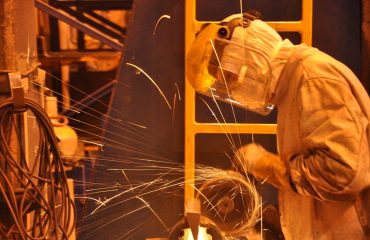body { font-family: sans-serif; line-height: 1.6; }
h1, h2, h3 { color: #333; }
img { max-width: 100%; height: auto; }
Steel is the backbone of modern infrastructure, and its significance in the power generation sector is undeniable. From colossal structures to intricate components, steel’s strength, durability, and versatility make it an indispensable material in power plant integration. This post delves into the multifaceted role of steel in various aspects of power plant construction and operation.
1. Structural Steel: The Foundation of Power Plants
The sheer scale of power plants demands robust structural support, and steel delivers. Massive steel frames form the skeleton of these facilities, supporting boilers, turbines, generators, and ancillary equipment. High-strength steel alloys, like weathering steel (Corten steel), are often preferred for their resistance to corrosion and long lifespan, minimizing maintenance and extending the plant’s operational life. The design and construction of these steel structures require meticulous engineering to ensure stability under various loads and environmental conditions, including seismic activity and extreme weather events. Advanced techniques like Finite Element Analysis (FEA) are employed to optimize designs for maximum strength and efficiency, minimizing material usage while maintaining structural integrity.
2. Steel in Boiler and Turbine Systems: Withstanding Extreme Conditions
Power plant boilers operate under intense pressure and temperature, requiring materials capable of withstanding extreme conditions. High-pressure steam lines, superheater tubes, and boiler drums are often constructed from specialized steel alloys designed for high-temperature creep resistance and corrosion resistance. These alloys often contain elements like chromium, molybdenum, and vanadium to enhance their performance under demanding operating conditions. Similarly, turbine components, including blades, casings, and shafts, are manufactured from high-strength, heat-resistant steels to withstand the high-speed rotation and thermal stresses generated during power generation. The precision manufacturing and rigorous quality control of these steel components are crucial for ensuring the safety and efficiency of the power plant.
3. Steel’s Role in Cooling Towers and Water Treatment
Cooling towers, essential for dissipating waste heat, often incorporate significant amounts of steel in their construction. The structural framework, supporting the fill media and water distribution systems, is typically made from steel, requiring careful consideration of corrosion resistance due to exposure to water and air. Steel is also used in pipelines and tanks involved in water treatment and distribution within the power plant. The selection of appropriate steel grades considers factors such as water chemistry, temperature fluctuations, and the potential for galvanic corrosion. Protective coatings and cathodic protection systems are often implemented to extend the lifespan of steel components in these demanding environments.
4. Steel in Electrical Infrastructure and Switchgear
Power plants house extensive electrical infrastructure, and steel plays a key role in supporting and protecting this critical equipment. Steel structures support transformers, switchgear, and other electrical components, ensuring their stability and preventing damage. Steel enclosures protect sensitive equipment from environmental factors and enhance safety. The design of these steel structures considers electromagnetic compatibility (EMC) to prevent interference with electrical systems. Furthermore, steel is used in the construction of electrical conduits and cable trays, providing safe and organized routing of electrical cables throughout the plant.
5. The Future of Steel in Power Plant Integration: Sustainability and Innovation
The power generation industry is undergoing a significant transformation towards sustainable and renewable energy sources. Steel continues to play a crucial role, but with a growing emphasis on sustainability. Research is focused on developing higher-strength, lighter-weight steels to reduce material consumption and minimize the environmental footprint of power plant construction. The use of recycled steel in power plant projects is also increasing, promoting circular economy principles. Furthermore, advancements in steel manufacturing processes are aimed at reducing carbon emissions associated with steel production. Innovations in steel coatings and surface treatments are improving corrosion resistance, extending the lifespan of steel components, and reducing maintenance costs.
In conclusion, steel’s integral role in power plant integration is undeniable. Its strength, versatility, and durability are critical to the safe and efficient operation of these vital facilities. As the energy sector evolves, the development and application of innovative steel technologies will continue to shape the future of power generation.
SEO Tags:
Power plant steel, steel in power generation, power plant construction materials, steel structures power plants, sustainable steel in energy




